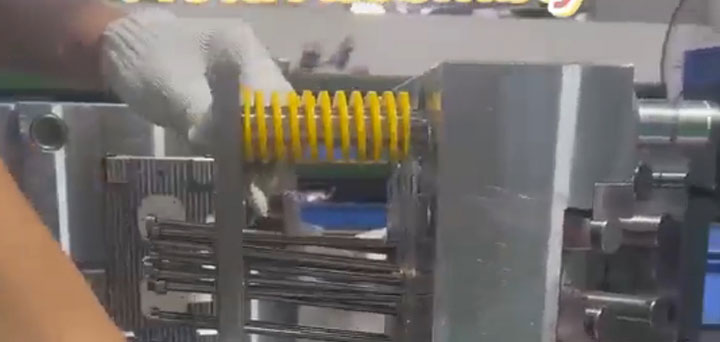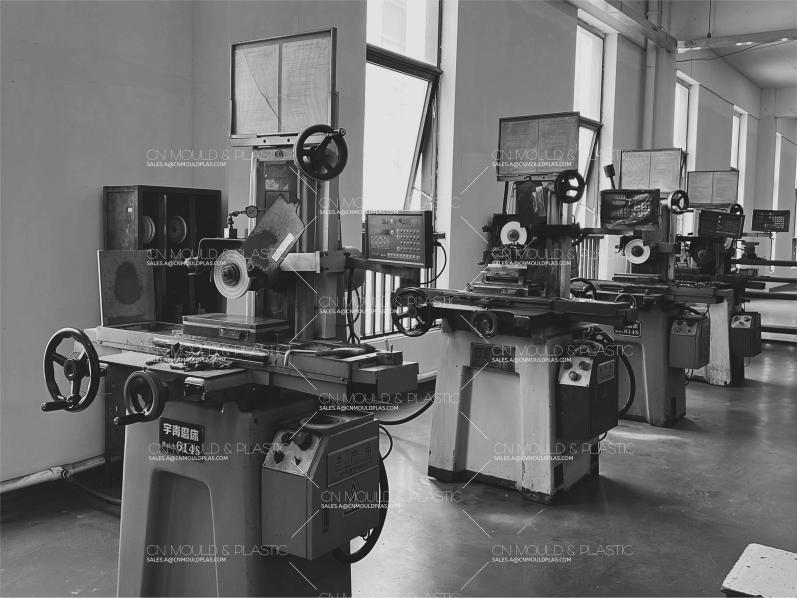Viscoelastic damping materials are based on polymer compounds, but pure polymers usually can’t be used directly. They must be mixed with other raw materials to improve and enhance their performance. This brings up the need for scientifically and rationally blending different raw materials—what we call formulation design. The raw materials in a formulation are called "components." The main polymer (often rubber or plastic, single or multiple types) is called the base material, and all other components are known as additives.

Viscoelastic damping materials are multi-component composite systems made by mixing a viscoelastic base polymer with various additives in specific ratios. The design of such a formulation essentially involves adding specific types (by name, model, specification, etc.) and quantities (proportions) of additives to a selected viscoelastic polymer, ensuring the final product meets target performance requirements. A formulation doesn’t just list components and their dosages; it also indirectly reflects the material’s basic properties, manufacturing process, product form, cost, and more. The goal of formulation design is to ensure the damping material and its products have optimal usability, good processability, low costs, and significant economic benefits.
Test data shows that different formulations can lead to drastically different damping properties due to variations in the polymer’s molecular structure, molecular weight, cross-linking degree, fillers, etc. Even when using the same polymer as the base, changing the additives, ratios, or manufacturing processes (like mixing or vulcanization) can hugely impact damping performance. Even application methods can make a difference! That’s why we need to design formulations scientifically based on specific needs to create suitable damping materials. For example, Table 1-1 shows how different mixing processes can result in damping materials with completely different dynamic properties.
· Base polymer + additives = composite system: You can’t use pure polymer; you need to mix in other stuff to make it work.
· Formulation = recipe: It’s like a cooking recipe—listing what to add and how much to get the right "taste" (performance).
· Small changes, big impacts: Even tiny tweaks to the mix (additives, ratios, or how you make it) can totally change how well the material dampens vibrations.
· Tailor to needs: Different uses require different formulations—there’s no one-size-fits-all approach!
Material Name | Loss Factor (500Hz) | Maximum Loss Factor | Frequency/Hz at Maximum Loss Factor | Modulus/MPa at Maximum Loss Factor | Modulus/MPa at 500Hz |
Chloroprene Rubber (A) | 0.5 | 0.99 | 1000 | 5.24 | 6.29 |
Chloroprene Rubber (B) | 0.3 | >0.92 | 1600 | 5.73 | 8.38 |
Chloroprene Rubber (C) | 0.375 | 0.94 | 2000 | 7.89 | 10.34 |
Butyl Rubber (A) | 1.2 | 1.90 | 4200 | 6.89 | 4.48 |
Butyl Rubber (B) | 0.70 | >1.58 | 5000 | 32.41 | 44.09 |
Butyl Rubber (C) | 0.50 | 0.49 | 500 | 48.26 | 48.26 |
Polyurethane (A) | 0.45 | 0.75 | 3450 | 16.89 | 17.24 |
Polyurethane (B) | 0.15 | >0.24 | 3100 | 32.41 | 44.80 |
Polyurethane (C) | 0.225 | 0.35 | 2600 | 32.75 | 37.92 |
Polyurethane (D) | 0.13 | 0.17 | 3750 | 55.16 | 64.78 |
Chlorosulfonated Polyethylene (A) | 0.85 | >1.70 | 1300 | 8.27 | 15.17 |
Chlorosulfonated Polyethylene (B) | 0.42 | >0.75 | 1100 | 17.24 | 17.24 |
Chlorosulfonated Polyethylene (C) | 0.40 | 0.40 | 500 | 5.79 | 5.86 |
· Experimental formulas mainly focus on meeting the performance requirements of the rubber compound (including the properties of the mixed rubber and vulcanized rubber). They're the key part of formula design and also the first draft of production formulas.
· Production formulas prioritize meeting engineering and technical requirements. Based on experimental formulas, they go through expanded testing and necessary adjustments to make them more suitable for large-scale production.
1.Reasonably select raw materials and make full use of their properties. The main raw materials should be standardized products with stable quality, smooth supply channels, and low prices.
2. Be familiar with and master the basic properties and compatibility of various raw materials, as well as professional knowledge such as reaction mechanisms and the relationship between formed structure and performance.
3. In addition to meeting the main requirements for damping performance, the product should also take into account other auxiliary performance requirements, but don’t blindly pursue high indicators.
4. The formula should be as simple as possible with not too many components.
5. Easy for further processing (such as mixing, molding, vulcanization, etc.).
6. Low cost.
The process of viscoelastic damping material formula design is to scientifically and reasonably select the main polymer and various additive components based on the performance requirements of the product, processing technology conditions, and equipment conditions. This uses basic principles like the relationship between polymer structure, dosage, and performance, as well as knowledge of polymer chemical reactions and molding processing principles. It involves compiling specific formula tables and test plans, and through techniques like testing and optimization, determining the types and optimal dosages of each component to form formulas with practical value and optimal performance.
Formula design is the first technical problem to be solved in the research, production, and use of damping materials, holding a very important position. At present, damping material formula design is mainly carried out under the guidance of the above-related theories, combined with experience and testing methods. It’s still impossible to determine formulas through theoretical calculations, nor can we accurately predict the exact quantitative relationship between the formula and damping performance.
With the continuous development of modern mathematical statistics technology and computer technology, as well as the accumulation of performance data for materials, scientific design of viscoelastic damping material formulas has gained solid theoretical support. Using computers for damping material formula design is receiving widespread attention, and many practical formula design software programs have been developed.

